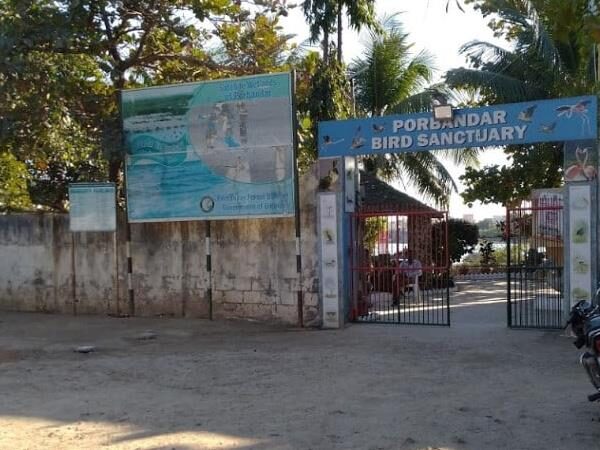Jaisalmer Fort is known as Golden Fort and a UNESCO Heritage site.
Jaisalmer, a mini-town nestled on the golden sands of the Thar Desert. This is a living fort that houses over three thousand people, temples, shops, and restaurants.
Jaisalmer Fort, also known as ‘Sonar Qila,’ was built in 1156 by the Bhati Rajput ruler, Rao Jaisal. This massive structure stands tall at 250 ft. and is surrounded by 30 ft. walls that offer a panoramic view of the golden city of Jaisalmer. The fort complex comprises of several buildings such as palaces, temples, houses, wells, and havelis, all crafted with light yellow sandstone that reflects a soft lion color during the day and honey-gold as the sun sets.
The fort has several entrances, each uniquely and beautifully crafted, and the final gate leads to the popular public square, Dashera Chowk. The main attraction of the fort is the Maharawal Palace, famous for its marble throne, and the five-storied Tazia Tower that stands opposite it. Jawahar Palace, which was used as the royal residence, is another must-visit destination with its impressive architecture. The Jain Temple and Lakshmi Temple are also popular among visitors.
Walking through the winding lanes of Jaisalmer Fort is an experience in itself. The lanes are lined with houses, temples, handicraft shops, guesthouses, and restaurants, making it a maze of culture and history. The fort has served as a backdrop for several battles and wars and was initially named ‘Trikut Garh’ for its triangular shape.
Jaisalmer Fort served as an important trade and business stop along the Silk Route in medieval times, but the advent of British rule and growth of sea routes led to a significant decline in its economy. Today, the fort is the only ‘living fort’ in India, with people living and conducting business within its premises.
Don’t miss out on the chance to witness the rustic fusion of Islamic and Rajputana architecture and to walk the labyrinthine lanes of this iconic fort. Timings are from 9:00 AM to 5:00 PM. So, gear up for a journey that takes you back in time to the days of royalty and battles.
Jaisalmer Fort is the second oldest fort in Rajasthan, built in 1156 AD by the Rajput Rawal (ruler) Jaisal from whom it derives its name, and stood at the crossroads of important trade routes (including the ancient Silk road).
The fort’s massive yellow sandstone walls are a tawny lion colour during the day, fading to honey-gold as the sun sets, thereby camouflaging the fort in the yellow desert. For this reason it is also known as the Sonar Quila or Golden Fort. The fort stands amidst the sandy expanse of the great Thar Desert on Trikuta Hill. It is today located along the southern edge of the city that bears its name; its dominant hilltop location making the sprawling towers of its fortifications visible for many miles around.
In 2013, at the 37th session of the World Heritage Committee held in Phnom Penh, Cambodia, Jaisalmer Fort, along with 5 other forts of Rajasthan, was declared a UNESCO World Heritage Site under the group Hill Forts of Rajasthan.








